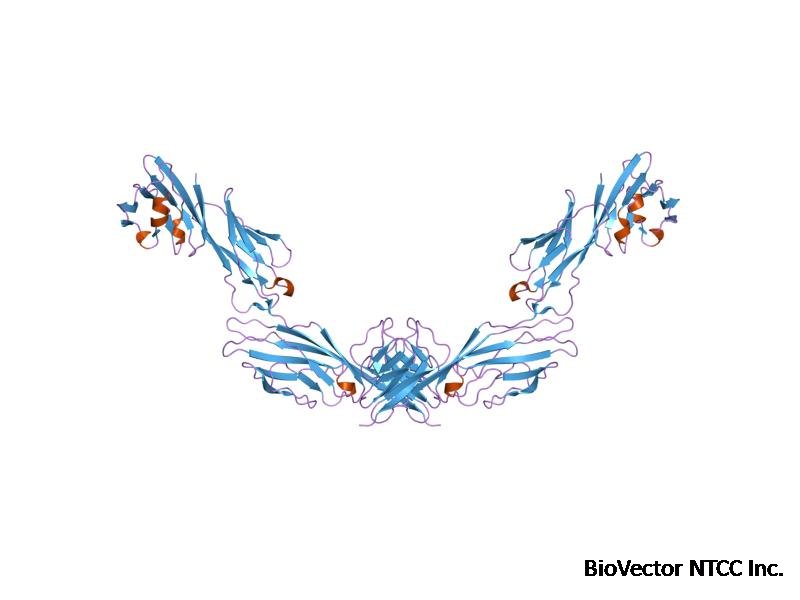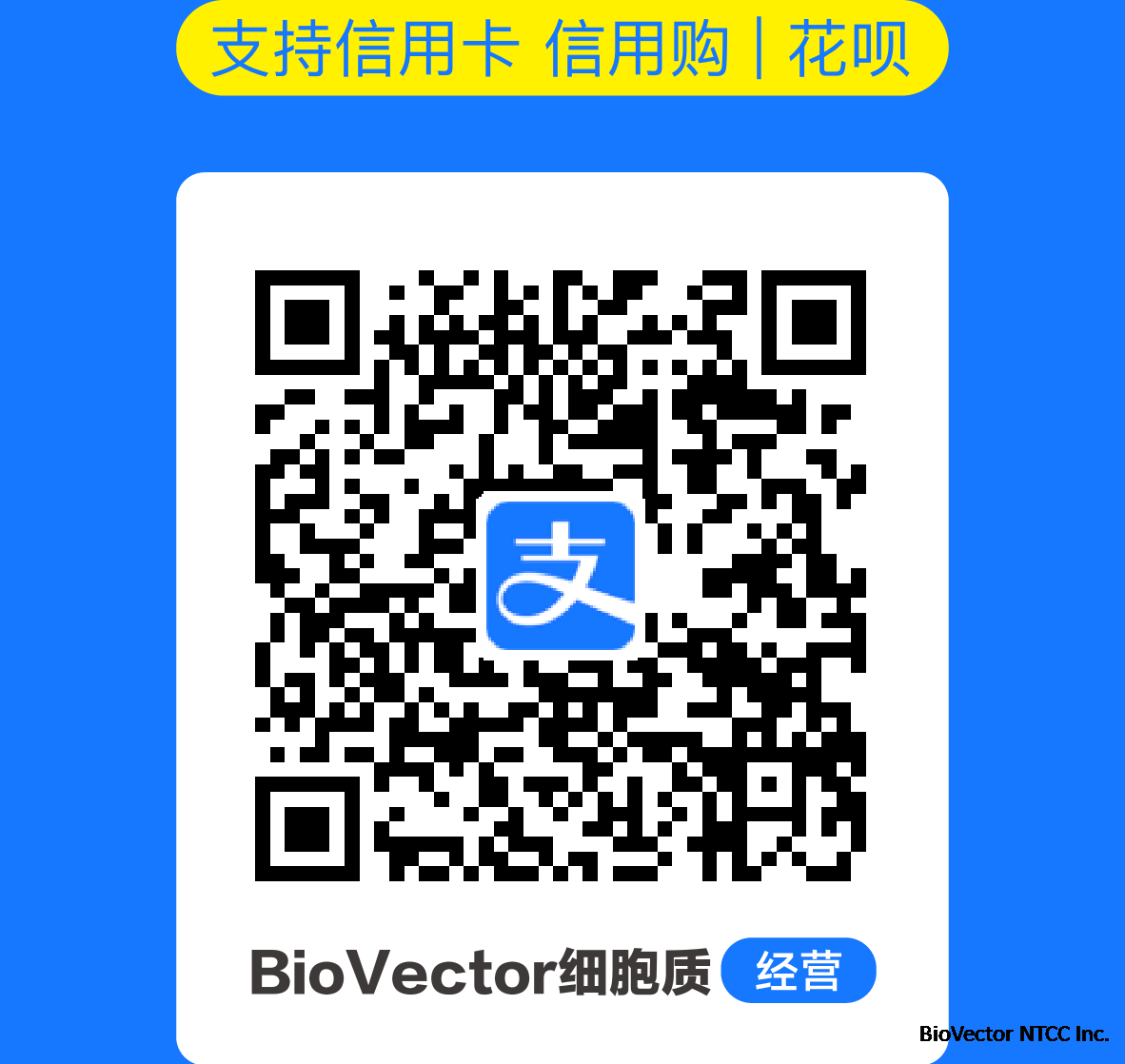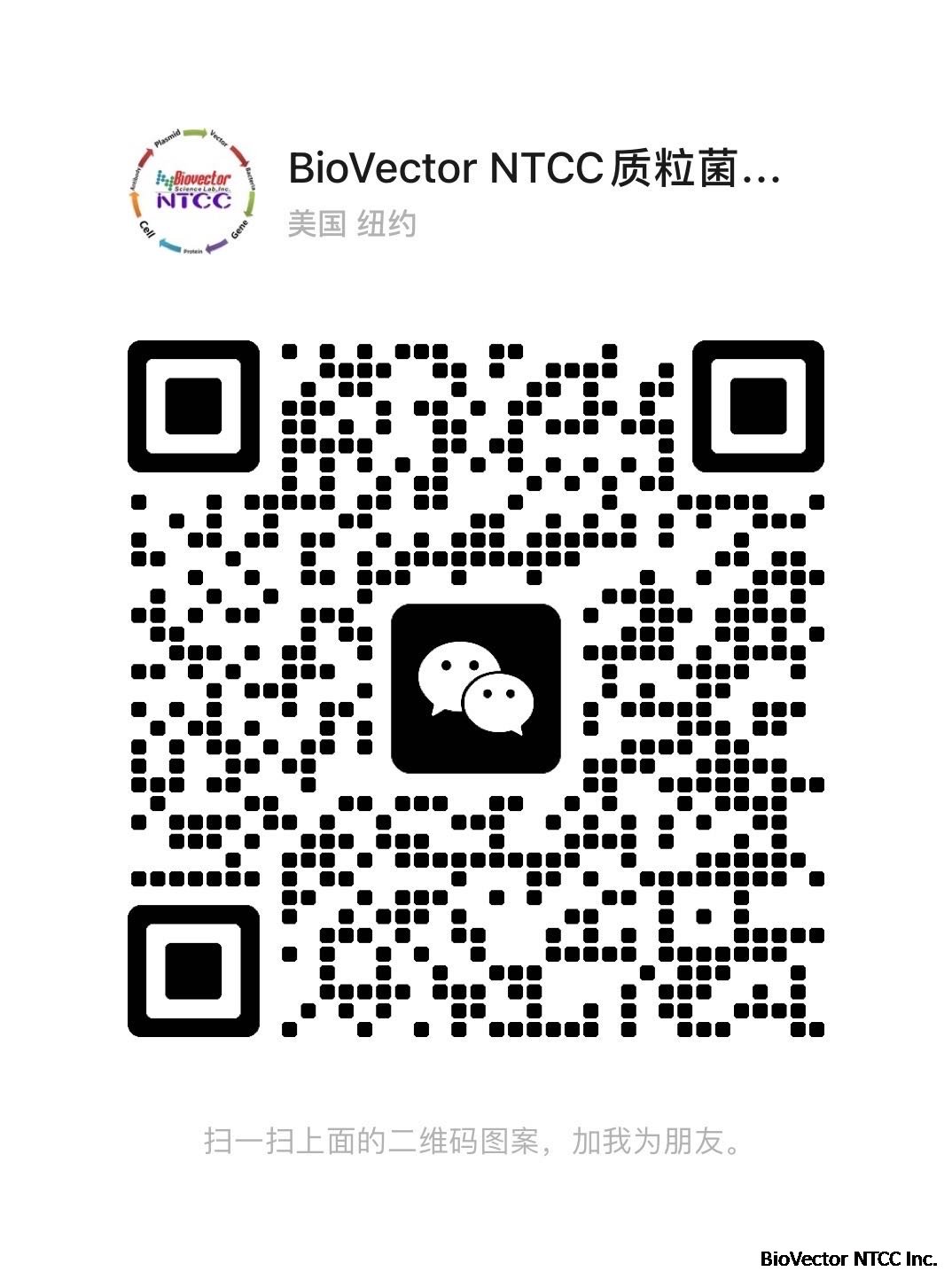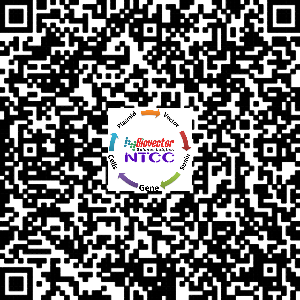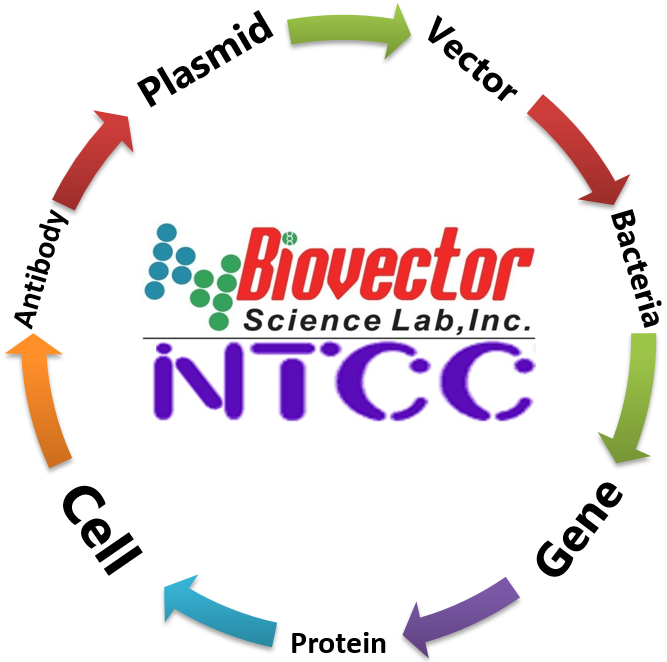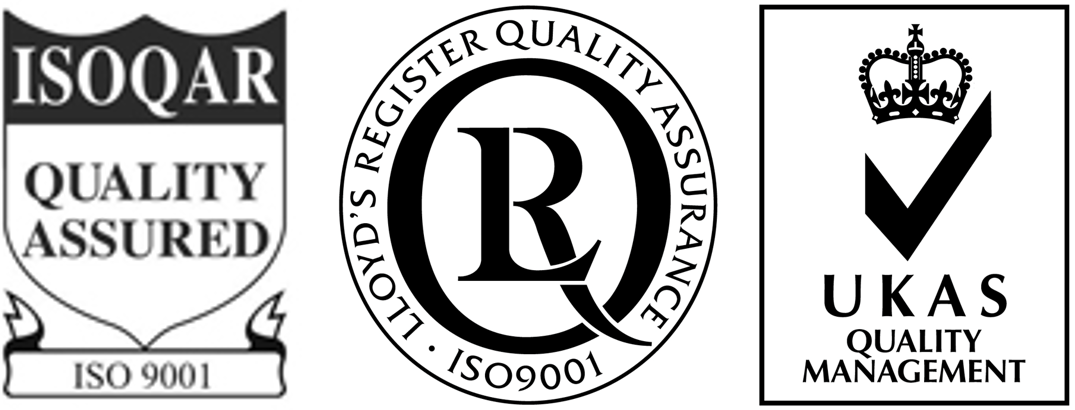CD4 T Lymphocyte T淋巴细胞-BioVector NTCC质粒载体菌种细胞基因保藏中心
- 价 格:¥29300
- 货 号:CD4 T Lymphocyte
- 产 地:北京
- BioVector NTCC典型培养物保藏中心
- 联系人:Dr.Xu, Biovector NTCC Inc.
电话:400-800-2947 工作QQ:1843439339 (微信同号)
邮件:Biovector@163.com
手机:18901268599
地址:北京
- 已注册
CD4 T LymphocyteSynonym(s): CD4 Cell, Helper T Cell | |||
A type of lymphocyte. CD4 T lymphocytes (CD4 cells) help coordinate the immune response by stimulating other immune cells, such as macrophages, B lymphocytes (B cells), and CD8 T lymphocytes (CD8 cells), to fight infection. HIV weakens the immune system by destroying CD4 cells. In molecular biology, CD4 (cluster of differentiation 4) is a glycoprotein found on the surface of immune cells such as T helper cells, monocytes, macrophages, and dendritic cells. It was discovered in the late 1970s and was originally known as leu-3 and T4 (after the OKT4 monoclonal antibody that reacted with it) before being named CD4 in 1984.[1] In humans, the CD4 protein is encoded by the CD4gene.[2][3] CD4+ T helper cells are white blood cells that are an essential part of the human immune system. They are often referred to as CD4 cells, T-helper cells or T4 cells. They are called helper cells because one of their main roles is to send signals to other types of immune cells, including CD8 killer cells, which then destroy the infectious particle. If CD4 cells become depleted, for example in untreated HIV infection, or following immune suppression prior to a transplant, the body is left vulnerable to a wide range of infections that it would otherwise have been able to fight. Structure[edit]
structure of t-cell surface glycoprotein cd4, monoclinic crystal form Like many cell surface receptors/markers, CD4 is a member of the immunoglobulin superfamily. It has four immunoglobulin domains (D1 to D4) that are exposed on the extracellular surface of the cell:
CD4 uses its D1 domain to interact with the β2-domain of MHC class II molecules. T cells expressing CD4 molecules (and not CD8) on their surface, therefore, are specific for antigens presented by MHC II and not by MHC class I (they are MHC class II-restricted). MHC class I contains Beta-2 microglobulin. The short cytoplasmic/intracellular tail (C) of CD4 contains a special sequence of amino acids that allow it to interact with the lck molecule. Function[edit]CD4 is a co-receptor that assists the T cell receptor (TCR) in communicating with an antigen-presenting cell. Using its intracellular domain, CD4 amplifies the signal generated by the TCR by recruiting an enzyme, the tyrosine kinaseLck, which is essential for activating many molecular components of the signaling cascade of an activated T cell. Various types of T helper cells are thereby produced. CD4 also interacts directly with MHC class II molecules on the surface of the antigen-presenting cell using its extracellular domain. The extracellular domain adopts an immunoglobulin-like beta-sandwich with seven strands in 2 beta sheets, in a Greek key topology.[4] During antigen presentation, both the TCR complex and CD4 are recruited to bind to different regions of the MHCII molecule (α1/β1 and β2, respectively) . Close proximity between the TCR complex and CD4 in this situation means the Lck kinase bound to the cytoplasmic tail of CD4 is able to tyrosine-phosphorylate the Immunoreceptor tyrosine activation motifs (ITAM) present on the cytoplasmic domains of CD3. Phosphorylated ITAM motifs on CD3 recruits and activates SH2 domain-containing protein tyrosine kinases (PTK) such as Zap70 to further mediate downstream signal transduction via tyrosine phosphorylation, leading to transcription factor activation including NF-κB and consequent T cell activation. Other Interactions[edit]CD4 has also been shown to interact with SPG21,[5]Lck[6][7][8][9][10] and Protein unc-119 homolog.[11] Disease[edit]HIV infection[edit]HIV-1 uses CD4 to gain entry into host T-cells and achieves this through its viral envelope protein known as gp120.[12] The binding to CD4 creates a shift in the conformation of gp120 allowing HIV-1 to bind to a co-receptor expressed on the host cell. These co-receptors are chemokine receptorsCCR5 or CXCR4. Following a structural change in another viral protein (gp41), HIV inserts a fusion peptide into the host cell that allows the outer membrane of the virus to fuse with the cell membrane. HIV pathology[edit]HIV infection leads to a progressive reduction in the number of T cells expressing CD4. Medical professionals refer to the CD4 count to decide when to begin treatment during HIV infection, although recent medical guidelines have changed to recommend treatment at all CD4 counts as soon as HIV is diagnosed. A CD4 count measures the number of T cells expressing CD4. While CD4 counts are not a direct HIV test—e.g. they do not check the presence of viral DNA, or specific antibodies against HIV—they are used to assess the immune system of a patient. National Institute of Health guidelines recommend treatment of any HIV-positive individuals, regardless of CD4 count[13] Normal blood values are usually expressed as the number of cells per microliter (or cubic millimeter, mm3) of blood, with normal values for CD4 cells being 500-1200 cells/mm3.[14] Patients often undergo treatments when the CD4 counts reach a level of 350 cells per microliter in Europe but usually around 500cpm in the US; people with less than 200 cells per microliter are at high risk of contracting AIDS defined illnesses. Medical professionals also refer to CD4 tests to determine efficacy of treatment. Viral load testing provides more information about the efficacy for therapy than CD4 counts.[15] For the first 2 years of HIV therapy, CD4 counts may be done every 3–6 months.[15] If a patient's viral load becomes undetectable after 2 years then CD4 counts might not be needed if they are consistently above 500 cells/mm3.[15] If the count remains at 300-500 cells/mm3, then the tests can be done annually.[15] It is not necessary to schedule CD4 counts with viral load tests and the two should be done independently when each is indicated.[15] Other diseases[edit]CD4 continues to be expressed in most neoplasms derived from T helper cells. It is therefore possible to use CD4 immunohistochemistry on tissue biopsy samples to identify most forms of peripheral T cell lymphoma and related malignant conditions.[16] The antigen has also been associated with a number of autoimmune diseases such as vitiligo and type I diabetes mellitus.[17] T-cells play a large part in autoinflammatory diseases.[18] When testing a drug's efficacy or studying diseases, it is helpful to quantify the amount of T-cells. on fresh-frozen tissue with CD4+, CD8+, and CD3+ T-cell markers (which stain different markers on a T-cell - giving different results).[19] See also[edit]
|
您正在向 biovector.net 发送关于产品 CD4 T Lymphocyte T淋巴细胞-BioVector NTCC质粒载体菌种细胞基因保藏中心 的询问
- 公告/新闻

